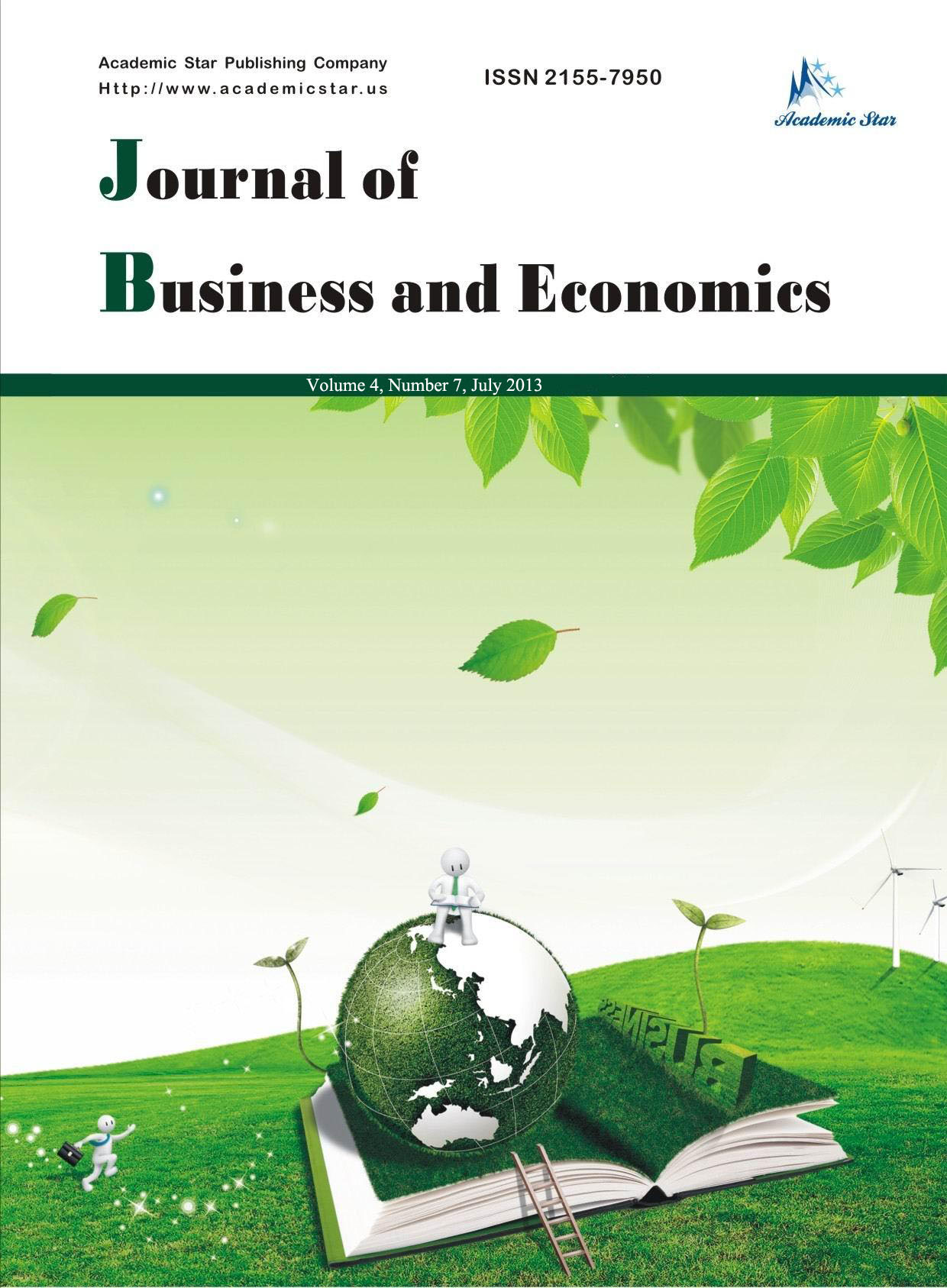
- ISSN: 2155-7950
- Journal of Business and Economics
Agricultural Subsidies in the GCC: Between Cost and Benefit — The Case of Kuwait
Faten Jabsheh, Weam Behbehani, Noura Abdulmalek
(Kuwait Institute for Scientific Research (KISR), Kuwait)
Abstract: Agricultural reform has become of pivotal interest for many governments in response to the requirements of globalization and economic liberalization, which are embodied in the World Trade Organization (WTO). In Kuwait agricultural reform, which is essentially a reform of the subsidy program operated by the government takes on an additional simultaneous objective-and that is in fact designated as one of the priorities for the government—to increase the productivity and efficiency of the sector’s utility of the subsidies that are allocated to the agricultural sector, which today exceed, K.D 100 million, a 25% increase over the previous year (Al Watan, 2012). Hence, it has become essential for the concerned authorities in the State of Kuwait to review, evaluate and reconsider the current and prevalent agricultural subsidy program, in order to present a strategy to restructure agricultural subsidies that is constructive to the agricultural sector in Kuwait and permissible by the WTO since Kuwait is a member. Integral to this process is a thorough economic impact analysis of consumers and producers, in order to consider the expected economic and financial impacts of various reform scenarios on these groups before introducing reforms. In order to achieve the objectives of this study, the methodology selected employs a macroeconomic assessment of the restructured agricultural subsidies policy, delineating the expected economic and social costs and benefits of this reform—revealing the impacts (this sector includes agriculture (plants and horticulture), livestock and fisheries) in Kuwait; analyzed in the form of a modeled impact analysis using a computational general equilibrium model (CGE) and a partial equilibrium model (PEM). Recommendations for applied reform policies include utilizing indirect subsidies more intensively than the prevailing emphasis on direct subsidies. In addition, select economic indicators were used to set parameters and criteria for the allocation of agricultural subsidies that agree with commitments to the WTO, since the current system employs no specific rationale. Key recommendations include: reducing indirect subsidies, increasing other indirect subsidies in the green box under general services, justifying direct subsidies and benefiting from exceptions to provide direct support for farmers under certain conditions, while reducing interference in the market for agricultural products and strengthening market forces of supply and demand. Several scenarios and numerous recommendations are developed and provided with the objective of raising the level of productivity of the agricultural sector and increasing its contribution to the country’s gross domestic product (GDP).
Key words: world trade organization (WTO); globalization; agricultural subsidy program; reform
JEL codes: Q, R, C






